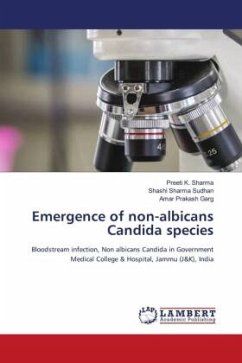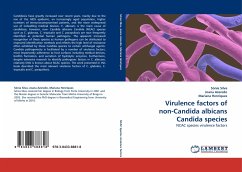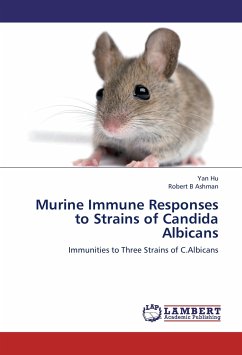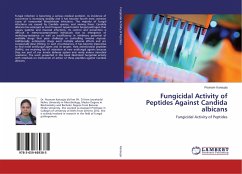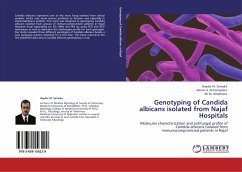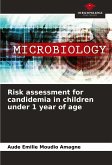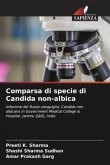The pattern of infectious diseases has undergone profound changes in the past few decades. Fungi once considered as non pathogenic, less virulent and uncommon is now recognized as a primary cause of morbidity and mortality in immunocompromised and even severely ill immunocompetent patients.Though, Candida albicans is most common isolated yeast but there is a predominant rise in non-albicans Candida infections. Candidemia is not confined to haematological patients, intensive care units or abdominal surgery wards but it is remarkably frequent in the internal medicine setting. Increased frequency is seen in various age groups ranging from neonates to old aged persons. Rising trend is also seen in prolonged hospital stay, patients on long term antibiotics, indwelling medical devices, immuno-compromised conditions etc. Emergence of Non albicans Candida in which few species are multi drug resistant (MDR) is associated with high mortality. Therefore extensive epidemiological surveillance is needed to monitor the emergence of newer and more pathogenic strains of Candida.
Bitte wählen Sie Ihr Anliegen aus.
Rechnungen
Retourenschein anfordern
Bestellstatus
Storno

